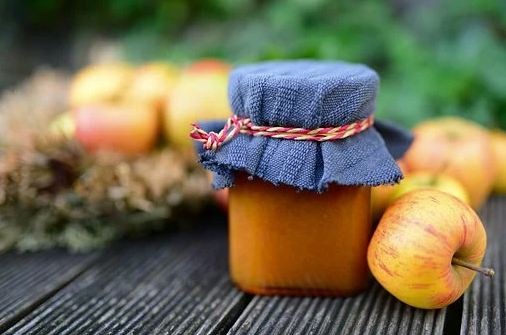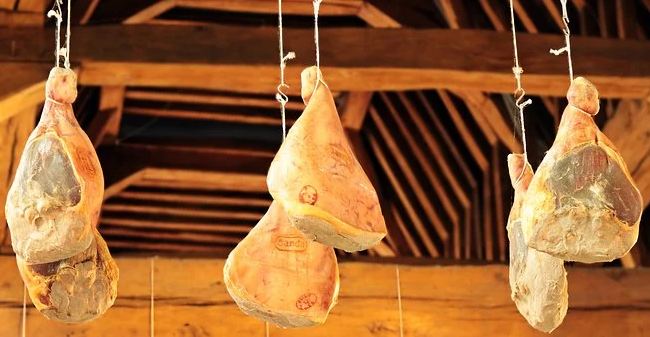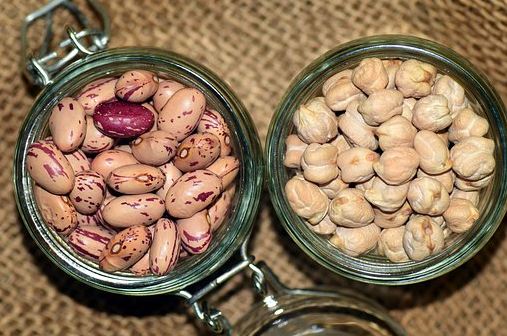Food preservation is something that becomes an issue particularly when you are traveling. However, with modern techniques and innovations, preserving food is no longer a difficult job. No matter whether you are traveling within the city or going off-grid, there are various food preservation tips and techniques that you can try out to make sure your food stays fresh and edible.
Why Do You Need Off-Grid Food Preservation Methods?
Leading a sustainable life has its pros and cons. Living off-grid gives you a fresh perspective in life, but it can be a little overwhelming if you find yourself with a shortage of food. Before starting to live a sustainable life without using industrial products, you need to learn the tips and techniques to preserve food all year long. Besides, going off-grid means that you have limited resources around you to cater to the food requirements. Even if there are food resources around you, there isn’t any refrigerator to help you out in preserving foods.
Types of Techniques Used to Preserve Food
Some techniques that can be used to preserve food include
- Canning
- Smoking
- Salting
- Drying
- Fermentation
- Root Cellar
- Solar Dehydration
Canning
The first thing that comes to mind when thinking about preservation is canning. Canning is one of the most popular methods of food preservation all over the world. This process works best for vegetables and fruits as compared to meat. The simple technique works on the theory of half-cooked food placed in an air-tight plastic container or a glass jar.
The second step is to boil the jar long enough to kill any bacteria inside. In this process, you should examine the food before canning, as every food has different temperature requirements.
Any contamination in the process can cause botulism to spread inside the can. It is harmful bacteria that can cause different types of diseases too.
If you’re interested in canning, be sure to invest in some extra lids, because they are not reusable.
Smoking
All types of meats can be stored by the process of smoking. Although smoking is a short-term preservation method, it is one of the most flavorful methods of preserving meat. Meat can be smoked either in a homemade, or store-bought smokehouse. However, the better option would be to hang the meat over an open fire.
The vital point when smoking meat, is to keep it away from the flames. The fire should not cook the meat. The meat should maintain a certain temperature for several days for perfect preservation. Smoking will allow you to kill the harmful bacteria as well which will keep the meat edible.
Salting
Salting is an effective method of preserving meat without the use of electricity. People in ancient times, especially crew members sailing out to sea, used salt cures to preserve their meat. Many villages that still don’t have a power supply, are using this technique to prevent their meat from going bad.
Salting is done by covering raw meat thoroughly with salt and leaving it for about two weeks. The salt dries out the moisture inside the meat, which stops the growth of bacteria, and keeps the meat from spoiling. To salt cure meat, you need a cool, dry area with no humidity. Using this method, meat can be stored at room temperature for several months.
Drying
The drying technique is most commonly used for meat, but it can be used for certain vegetables, fruits, beans, and herbs too. People used to hang food next to the fireplace for several months. This dries out all the moisture present inside the meat faster as compared to other methods. Drying is one of the best methods for off-grid food preservation.
Preservation by drying is used for herbs so they won’t wilt due to moisture and can be stored for future use. Almost every household uses lemon zest and dried tea leaves, which are some of the best examples of drying techniques. The drying process can also be done in an open area with direct sunlight, or inside a low-temperature oven.
Fermentation
From the earliest of times, humans have been using the fermentation process to store food. It is considered one of the safest methods to preserve fruits and vegetables, and fermented items can be stored for several weeks.
Fermentation is done by chopping vegetables and fruits into small pieces and putting them into glass jars or ceramic crocks. The vessel is then filled with salty brine. It can be stored at either room temperature, or in the fridge.
The jar that is stored at a cooler temperature will last longer than the one stored at room temperature. A bonus of fermented food is that it is a great source of probiotics, which will help in increasing gut health. Fermented foods also strengthen the immune system. If you are living off-grid, one way to do fermentation is to store the food inside cans and then bury it under the ground.
Root Cellar
Root cellars have been used by ancient civilizations to preserve produce, and other food products. A root cellar is like a cave built underground, to store vegetables and fruits like apples, carrots, and potatoes, etc.
Root cellars work like a refrigerator to preserve food. For a root cellar to properly work, you must control darkness, humidity, temperature, and drainage. There are two types of root cellars. The first type is made underground, and the other one is made on a hillside.
Root cellars are cold and dark and are made up of cemented or stoned walls with air and exhaust vents. Even today, a lot of families use root cellars to preserve fresh produce. The best thing about cellars is that they can preserve food for up to a year. In summer, the food doesn’t spoil, and in the winter, the cellar saves the food from being frozen. Storing your food in a root cellar is the best method for off-grid food preservation.
Solar Dehydration
Dehydration boxes can be homemade or store-bought, and both will work almost the same. There are many online DIY project tutorials to create a solar dehydration box. These are air-tight boxes that use the heat of the sun to generate warm air. This warm air dehydrates a large number of vegetables, fruits, flowers, and nuts. Besides, it also absorbs moisture from the food, which stops any bacteria growth inside.
After the dehydration process, vegetables and fruits can be stored in an air-tight container. Using this method of preservation, food can last for 6 to 12 months.
Basic Tips For Off The Grid Food Storage
Storing food should be done with precision to eliminate any chance of molds, fungus, and other harmful bacteria. Making even the slightest of errors in the preserving process will cause your food to spoil.
They can be stopped or slowed down by one or more of the following conditions. The first condition is to either heat it or cool it down. Both conditions will hinder bacteria reproduction. The second condition would be to either dry the food, or cure it with salt, or vinegar.
Conclusion
If you are going off-grid for a while, you must be happy to know all the tips and techniques for off-grid food preservation mentioned above. Keep in mind that it would be a great practice to keep a check on your food from time to time even if it is being preserved via the provided preservation techniques. In case the food is no longer preserved, you could then shift to a different technique as well as arrange for the alternatives as well. You can also look for other helpful off-grid living manuals.



